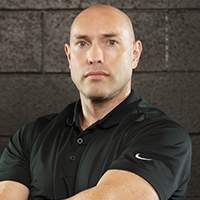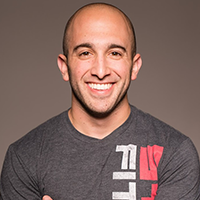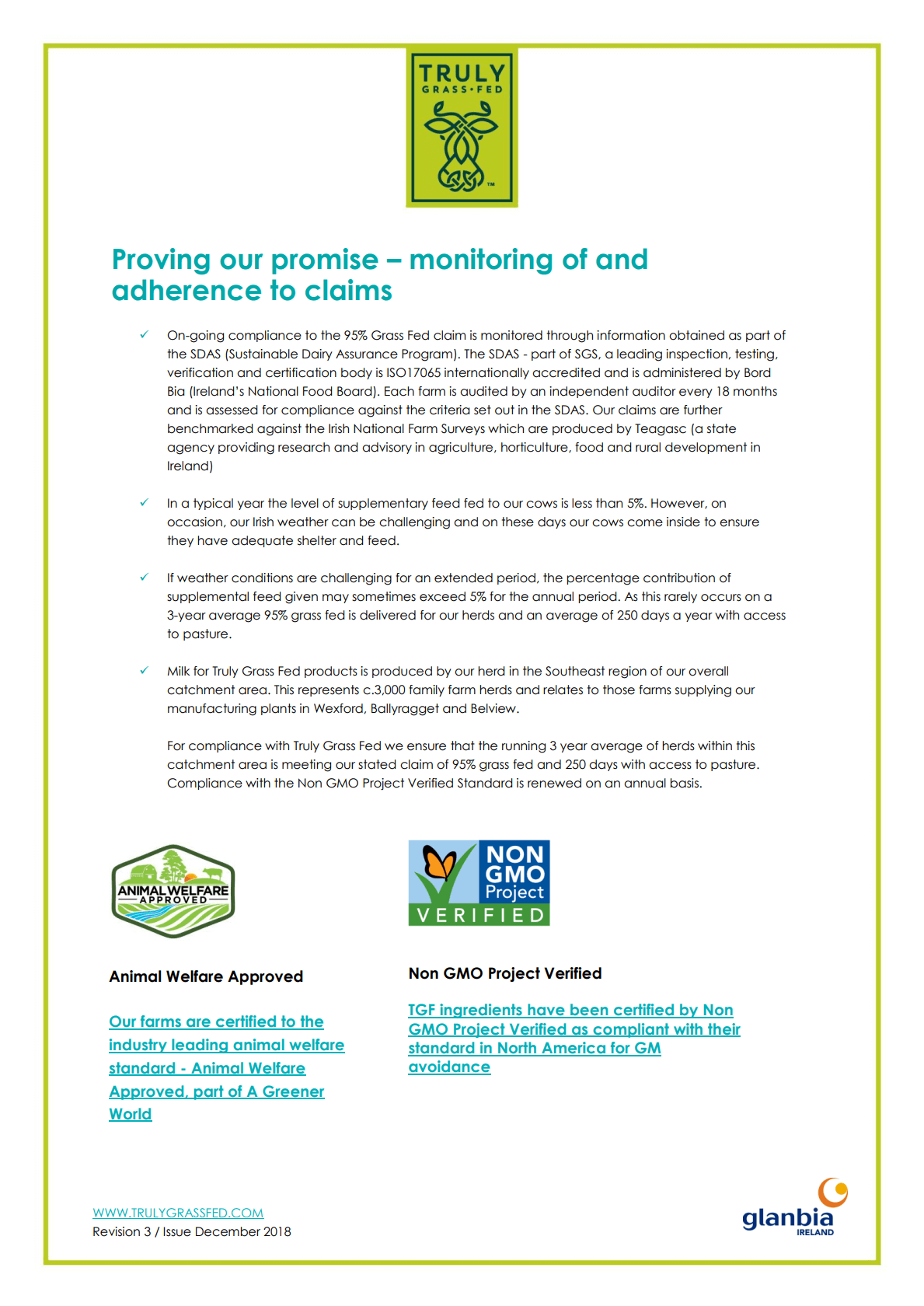Not happy with your purchase?
Simply let us know, and you'll get a full refund, no questions asked. And you don't even need to return anything.
So that means you can say "yes" now and decide later.
Legion Energy Surge Ingredients (2.47 grams per serving)
Caffeine Anhydrous (100 milligrams per serving)
Caffeine is a naturally occurring substance found in many plants native to Africa, East Asia, and South America, including various kinds of tea, cocoa, and coffee.
Caffeine’s primary effects in the body are to stimulate the central nervous system and block the activity of another chemical—adenosine—that causes tiredness.
Research shows that supplementation with caffeine . . .
- Boosts mood and energy levels[7]
- Improves focus, drive, and wakefulness[8][9][10]
- Increases metabolic rate[11]
- Enhances strength and power[12][13][14][15][16]
- Boosts endurance[17][18][19]
- Improves anaerobic performance[20][21][22][23][24]
The clinically effective dose of caffeine for enhancing energy, focus, and performance is between 1 and 6 milligrams per kilogram of body weight.[25][26][27]
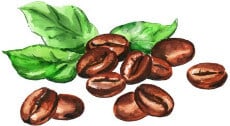
Suntheanine® L-Theanine (100 milligrams per serving)
L-theanine is an amino acid found primarily in tea that helps balance the levels of two chemicals in the brain—glutamate and GABA—that transmit nerve impulses and affect mood, cognitive performance, and more.
Suntheanine® is a patented form of L-theanine and the most clinically proven form on the market, with over 40 peer-reviewed studies supporting its efficacy.
Research shows that supplementation with Suntheanine® L-theanine . . .
- Reduces the effects of mental stress[28]
- Promotes relaxation[29]
- Improves mood, memory performance, and attention (When paired with caffeine)[30][31][32][33]
- Increases the production of nitric oxide (which improves blood flow)[34]
The clinically effective dose of L-theanine when combined with caffeine is between a ratio of 1:1 and 2:1 theanine to caffeine.
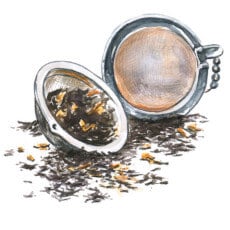
Taurine (2 grams per serving)
Taurine is an amino acid found primarily in seafood and meat that plays an important role in cardiovascular and muscle function by protecting cells from oxidative stress and regulating the release of neurotransmitters and glucose.[35][36]
Research shows that supplementation with taurine . . .
- Improves focus, attention, and verbal reasoning when combined with caffeine[37][38]
- Helps minimize unwanted side effects of caffeine (like jitters)[39]
- Helps prevent a “sugar crash” by slowing the release of glucose into the blood[40][41]
The clinically effective dose of taurine is 1-to-3 grams.
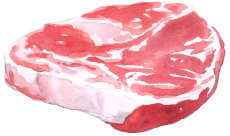
Rhodiola Rosea Extract (250 milligrams per serving)
Rhodiola rosea (also known as Golden Root) is a plant that grows in cold parts of the world, including the Arctic regions of Europe, Asia, and North America.
It’s known as an adaptogen, which is a substance that causes an imperceptible level of stress in the body and trains it to better handle future stresses.
Research shows that supplementation with rhodiola rosea . . .
- Improves mood and reduces symptoms of stress and depression[42][43][44]
- Reduces stress-related fatigue[45]
- Preserves and possibly enhances cognition and mood during strenuous periods[46]
- May enhance physical performance[47]
- May reduce exercise-induced muscle damage[48]
- May help the body defend against viral infections[49]
The clinically effective dose of rhodiola rosea is unknown, but most long-term benefits have been observed with 90 to 120 milligrams.
Energy Surge contains 250 milligrams of rhodiola rosea per serving because it may produce quicker results.
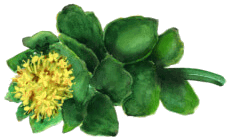
B Vitamin Complex (27.4 milligrams per serving)
B vitamins are a category of naturally-occurring substances that cells need to turn food into energy. They also affect mood, feelings of wellness, and brain, nerve, and cardiovascular function.
Research shows that supplementation with B vitamins (particularly vitamins B2, B3, B6, and B12) . . .
- Reduces stress[50]
- Improves mental clarity, energy, and focus[51]
- Boosts cognitive function and memory[52][53]
- Can prevent and reduce symptoms of depression[54][55]
There is no established clinically effective dose of a B vitamin complex, but the B vitamins thought to most improve energy, mood, and cognitive function are B2, B3, B6, and B12.
Energy Surge contains 3.4 mg of vitamin B2 (as riboflavin), 20 mg of vitamin B3 (as niacin), 4 mg of vitamin B6 (as pyridoxal-5-phosphate), 12 mcg of vitamin B12 (as methylcobalamin).
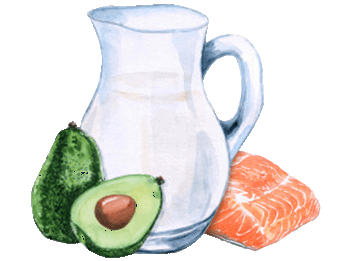
No Artificial Food Dyes, Fillers, or Other Unnecessary Junk
As with artificial sweeteners, studies show that artificial food dyes and fillers can cause negative effects in some people, including gastrointestinal toxicity and behavioral disorders.[56][57][58][59][60]
That’s why we use natural coloring and flavoring derived from fruits and other foods as well as naturally derived ingredients for improving texture, enhancing shelf life, and facilitating the manufacturing process.
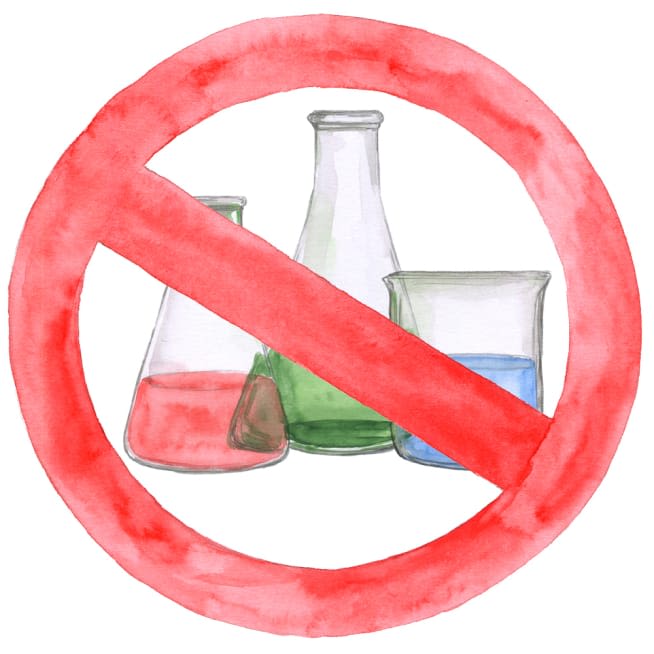
Lab-Tested for Purity and Accuracy
Energy Surge is lab-tested for purity and accuracy and certified to meet or exceed FDA and WADA safety guidelines.[61]
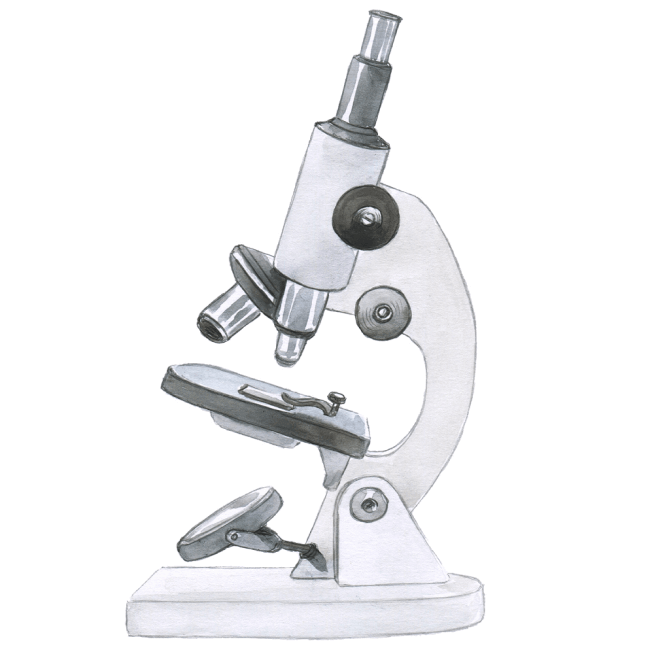
Made in the USA with Globally Sourced Ingredients
If you want to ensure the supplements you’re swallowing every day are safe and effective, you want to buy from a company that:
- Sources ingredients from premium suppliers around the world (great supplements require great raw materials)
- Tests all products for purity and accuracy in accredited laboratories (to conclusively verify safety and efficacy)
- Manufactures in America, which has some of the strictest regulations in the world
And that’s exactly what we do here at Legion.
See how Legion Energy Surge compares to the rest.
- Active Ingredients
- Clinically Effective Ingredients and Doses
- Caffeine Anhydrous
- L-Theanine
- Taurine
- Rhodiloa Rosea Extract
- Vitamin B Complex
- Third-Party Lab Tested
- Labdoor Certified Brand
- Price Per Serving
-
Legion Energy Surge

- 2,470 mg
per serving - 100 mg
per serving - 100 mg
per serving - 2,000 mg
per serving - 250 mg
per serving - 27.4 mg
per serving
-
Now Sports Energy Extreme

- 1,395 mg
per serving - 100 mg
per serving - 250 mg per serving
- 50 mg per serving
- 40 mg per serving
- $0.62
-
Ghost Gamer

- 2,420 mg
per serving - 75 mg
per serving - 500 mg per serving
- 10 mg per serving
- $1.00
-
Nutricost Energy Complex

- 2,724 mg
per serving - 80 mg
per serving - 100 mg per serving
- 750 mg per serving
- 26 mg per serving
- $0.46
The #1 brand of naturally sweetened and flavored sports supplements.
We’ve sold over 5 million bags and bottles to over 1 million customers in 169 countries who have left us over 55,000 5-star reviews.
Clinically Effective Ingredients and Dose
Every active ingredient, form, and dose in Energy Surge is backed by peer-reviewed scientific research demonstrating clear benefits in healthy humans.
No Unnecessary Junk
Performance Surge contains no artificial food dyes, fillers, or other unnecessary junk.
Total Label Transparency
We clearly list the dose of each ingredient in Energy Surge on the label—no proprietary blends or hidden ingredients—so you can verify our formulation’s validity and effectiveness.
Lab-Tested for Purity and Accuracy
Energy Surge is lab-tested for purity and accuracy and certified to meet or exceed FDA and WADA safety guidelines.
Made in the USA
Energy Surge is made in America with globally sourced ingredients in NSF-certified, FDA-inspected facilities that adhere to Current Good Manufacturing Practice (cGMP) standards.
100% Money-Back Guarantee
If you don't absolutely love Energy Surge, you get a prompt and courteous refund. No forms or returns necessary.
Trusted by scientists, doctors, and everyday fitness folk alike.
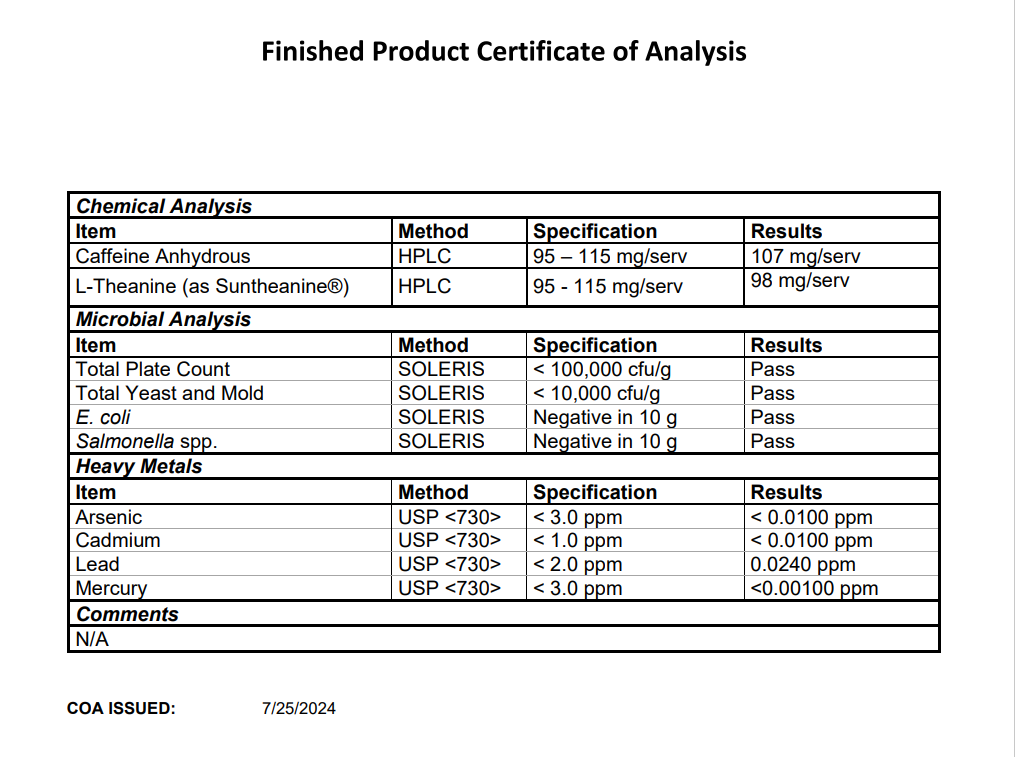
Frequently Asked Questions
+References
Some popular energy supplements contain the right mix of high-quality ingredients. Some provide clinically effective doses. Some don’t have any unnecessary junk. But only Energy Surge checks each of these boxes.↑
Every serving of Energy Surge contains 2.47 grams of active ingredients that have been shown to be safe and effective in peer-reviewed scientific research.↑
Each active ingredient in Energy Surge is backed by published scientific studies that show benefits in healthy humans.↑
That’s 3,232 pages of scientific research that shows Energy Surge works the way we say it does.↑
While these types of chemicals may not be as dangerous as some people claim, studies suggest that regular consumption of them may indeed be harmful to our health. And that’s why you won’t find them in Energy Surge.↑
Did you know that some supplements contain dangerously high levels of toxins like lead, arsenic, and cadmium?
That’s why we rigorously test every ingredient for heavy metals, microbes, allergens, and other contaminants, ensuring they meet the strict purity standards set by the U.S. Food and Drug Administration (FDA) and World Anti Doping Agency (WADA).↑
Spriet LL. Sports Med. 2014;44 Suppl 2(Suppl 2):S175-S184. doi:10.1007/s40279-014-0257-8. ↑
McLellan TM, Caldwell JA, Lieberman HR. Neurosci Biobehav Rev. 2016;71:294-312. doi:10.1016/j.neubiorev.2016.09.001. ↑
Crawford C, Teo L, Lafferty L, et al. Nutr Rev. 2017;75(suppl_2):17-35. doi:10.1093/nutrit/nux007. ↑
Kamimori GH, McLellan TM, Tate CM, Voss DM, Niro P, Lieberman HR. Psychopharmacology (Berl). 2015;232(12):2031-2042. doi:10.1007/s00213-014-3834-5. ↑
Astrup A, Toubro S, Cannon S, Hein P, Breum L, Madsen J. Am J Clin Nutr. 1990;51(5):759-767. doi:10.1093/ajcn/51.5.759. ↑
Beck TW, Housh TJ, Schmidt RJ, Johnson GO, Housh DJ, Coburn JW, Malek MH. Department of Nutrition and Health Sciences, Human Performance Laboratory, University of Nebraska-Lincoln. J Strength Cond Res. 2006 Aug;20(3):506-10. ↑
Warren GL, Park ND, Maresca RD, McKibans KI, Millard-Stafford ML. Med Sci Sports Exerc. 2010;42(7):1375-1387. doi:10.1249/MSS.0b013e3181cabbd8.↑
Grgic J, Pickering C. J Sci Med Sport. 2019;22(3):353-360. doi:10.1016/j.jsams.2018.08.016.↑
Grgic J, Trexler ET, Lazinica B, Pedisic Z. J Int Soc Sports Nutr. 2018;15:11. Published 2018 Mar 5. doi:10.1186/s12970-018-0216-0.↑
Grgic J. Eur J Sport Sci. 2018;18(2):219-225. doi:10.1080/17461391.2017.1394371.↑
Beck TW, Housh TJ, Schmidt RJ, Johnson GO, Housh DJ, Coburn JW, Malek MH. Department of Nutrition and Health Sciences, Human Performance Laboratory, University of Nebraska-Lincoln. J Strength Cond Res. 2006 Aug;20(3):506-10. ↑
Warren GL, Park ND, Maresca RD, McKibans KI, Millard-Stafford ML. Med Sci Sports Exerc. 2010;42(7):1375-1387. doi:10.1249/MSS.0b013e3181cabbd8.↑
Polito MD, Souza DB, Casonatto J, Farinatti P. Sci Sports. 2016;31(3):119-128. doi:10.1016/J.SCISPO.2016.01.006.↑
Warren GL, Park ND, Maresca RD, McKibans KI, Millard-Stafford ML. Med Sci Sports Exerc. 2010;42(7):1375-1387. doi:10.1249/MSS.0b013e3181cabbd8.↑
Polito MD, Souza DB, Casonatto J, Farinatti P. Sci Sports. 2016;31(3):119-128. doi:10.1016/J.SCISPO.2016.01.006.↑
Ganio MS, Klau JF, Casa DJ, Armstrong LE, Maresh CM. J Strength Cond Res. 2009;23(1):315-324. doi:10.1519/JSC.0b013e31818b979a.↑
Shen JG, Brooks MB, Cincotta J, Manjourides JD. J Sci Med Sport. 2019;22(2):232-238. doi:10.1016/j.jsams.2018.07.022.↑
Southward K, Rutherfurd-Markwick KJ, Ali A. [published correction appears in Sports Med. 2018 Aug 9;:]. Sports Med. 2018;48(8):1913-1928. doi:10.1007/s40279-018-0939-8.↑
Desbrow B, Biddulph C, Devlin B, Grant GD, Anoopkumar-Dukie S, Leveritt MD. J Sports Sci. 2012;30(2):115-120. doi:10.1080/02640414.2011.632431.↑
Ganio MS, Klau JF, Casa DJ, Armstrong LE, Maresh CM. J Strength Cond Res. 2009;23(1):315-324. doi:10.1519/JSC.0b013e31818b979a.↑
Guest NS, VanDusseldorp TA, Nelson MT, et al. J Int Soc Sports Nutr. 2021;18(1). doi:10.1186/S12970-020-00383-4. ↑
Kimura K, Ozeki M, Juneja LR, Ohira H. Biol Psychol. 2007;74(1):39-45. doi:10.1016/j.biopsycho.2006.06.006.↑
Rao TP, Ozeki M, Juneja LR. J Am Coll Nutr. 2015;34(5):436-447. doi:10.1080/07315724.2014.926153.↑
Bryan J. School of Psychology, University of South Australia, Adelaide, 5001, South Australia, Australia. Nutr Rev. 2008 Feb;66(2):82-90. ↑
Einöther SJ, Martens VE, Rycroft JA, De Bruin EA. Sensation, Perception & Behaviour, Unilever R&D Vlaardingen, Vlaardingen, The Netherlands. Appetite. 2010 Apr;54(2):406-9. ↑
Gomez-Ramirez M, Kelly SP, Montesi JL, Foxe JJ. Program in Cognitive Neuroscience and Schizophrenia, The Cognitive Neurophysiology Laboratory, Nathan S. Kline Institute for Psychiatric Research, Orangeburg, NY, USA. Brain Topogr. 2009 Jun;22(1):44-51. ↑
Kahathuduwa CN, Dhanasekara CS, Chin S-H, et al. Nutr Res. 2018;49:67-78. doi:10.1016/j.nutres.2017.11.002.↑
Siamwala JH, Dias PM, Majumder S, Joshi MK, Sinkar VP, Banerjee G, Chatterjee S. Vascular Biology Lab, AU-KBC Research Centre, Anna University, MIT Campus, Chennai, India. J Nutr Biochem. 2013 Mar;24(3):595-605. ↑
Wu JY, Prentice H. J Biomed Sci. 2010;17 Suppl 1(Suppl 1):S1. Published 2010 Aug 24. doi:10.1186/1423-0127-17-S1-S1. ↑
Tsuchiya Y, Kawamata K. Anim Sci J. 2017;88(11):1763-1767. doi:10.1111/asj.12829.↑
Warburton DM, Bersellini E, Sweeney E. Psychopharmacology (Berl). 2001;158(3):322-328. doi:10.1007/s002130100884.↑
Seidl R, Peyrl A, Nicham R, Hauser E. Amino Acids. 2000;19(3-4):635-642. doi:10.1007/s007260070013.↑
Schaffer S, Kim HW. Biomol Ther (Seoul). 2018;26(3):225-241. doi:10.4062/biomolther.2017.251.↑
Tsuchiya Y, Kawamata K. 2015:164. doi:10.11428/KASEI.67.0_164. ↑
Schaffer S, Kim HW. Biomol Ther (Seoul). 2018;26(3):225-241. doi:10.4062/biomolther.2017.251.↑
Tsuchiya Y, Kawamata K. 2015:164. doi:10.11428/KASEI.67.0_164. ↑
Tsuchiya Y, Kawamata K. Anim Sci J. 2017;88(11):1763-1767. doi:10.1111/asj.12829.↑
Cropley M, Banks AP, Boyle J. Phyther Res. 2015;29(12):1934-1939. doi:10.1002/ptr.5486.↑
Darbinyan V, Aslanyan G, Amroyan E, Gabrielyan E, Malmström C, Panossian A. Nord J Psychiatry. 2007;61(5):343-348. doi:10.1080/08039480701643290.↑
Mao JJ, Xie SX, Zee J, et al. Phytomedicine. 2015;22(3):394-399. doi:10.1016/j.phymed.2015.01.010.↑
Noreen EE, Buckley JG, Lewis SL, Brandauer J, Stuempfle KJ. J Strength Cond Res. 2013;27(3):839-847. doi:10.1519/JSC.0b013e31825d9799. ↑
Parisi A, Tranchita E, Duranti G, et al. J Sports Med Phys Fitness. 2010;50(1):57-63.↑
Diwaker D, Mishra KP, Ganju L, Singh SB. Arch Virol. 2014;159(8):1975-1986. doi:10.1007/s00705-014-2028-0.↑
Stough C, Scholey A, Lloyd J, Spong J, Myers S, Downey LA. Hum Psychopharmacol. 2011;26(7):470-476. doi:10.1002/hup.1229. ↑
Benton D, Griffiths R, Haller J. Psychopharmacology (Berl). 1997;129(1):66-71. doi:10.1007/s002130050163. ↑
Walker JG, Batterham PJ, Mackinnon AJ, et al. The Beyond Ageing Project: a randomized controlled trial [published correction appears in Am J Clin Nutr. 2012 Aug;96(2):448. Dosage error in article text]. Am J Clin Nutr. 2012;95(1):194-203. doi:10.3945/ajcn.110.007799. ↑
Deijen JB, van der Beek EJ, Orlebeke JF, van den Berg H. Psychopharmacology (Berl). 1992;109(4):489-496. doi:10.1007/BF02247729.↑
Skarupski KA, Tangney C, Li H, Ouyang B, Evans DA, Morris MC. Am J Clin Nutr. 2010;92(2):330-335. doi:10.3945/ajcn.2010.29413. ↑
Syed EU, Wasay M, Awan S. Open Neurol J. 2013;7:44-48. Published 2013 Nov 15. doi:10.2174/1874205X01307010044. ↑
Feng J, Cerniglia CE, Chen H. Division of Microbiology, National Center for Toxicological Research, US Food and Drug Administration, AR , USA. Front Biosci (Elite Ed). 2012 Jan 1;4:568-86. ↑
Kanarek RB. Department of Psychology, Tufts University, Medford, Massachusetts, USA. Nutr Rev. 2011 Jul;69(7):385-91. ↑
Nigg JT, Lewis K, Edinger T, Falk M. Oregon Health and Science University, Portland, OR, USA. J Am Acad Child Adolesc Psychiatry. 2012 Jan;51(1):86-97.e8. ↑
McCann D, Barrett A, Cooper A, Crumpler D, Dalen L, Grimshaw K, Kitchin E, Lok K, Porteous L, Prince E, Sonuga-Barke E, Warner JO, Stevenson J. School of Psychology, Department of Child Health, University of Southampton, Southampton, UK. Lancet. 2007 Nov 3;370(9598):1560-7. ↑
Gao Y, Li C, Shen J, Yin H, An X, Jin H. Scientific and Technological College of Chemistry and Biology, Yantai Univ., Yantai, PR China. J Food Sci. 2011 Aug;76(6):T125-9. ↑
Did you know that some supplements contain dangerously high levels of toxins like lead, arsenic, and cadmium?
That’s why we rigorously test every ingredient in a third-party lab for heavy metals, microbes, allergens, and other contaminants, ensuring they meet the strict purity standards set by the U.S. Food and Drug Administration (FDA) and World Anti Doping Agency (WADA).↑




